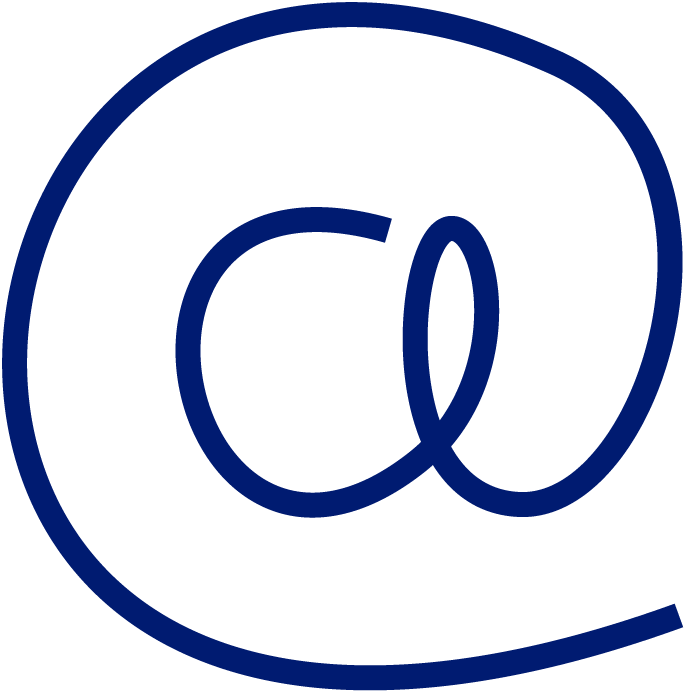
Mag summary
In today’s marketing industry, the customer experience inspires how marketing messages are designed and executed. Because a sale is more likely to happen with a seamless and satisfying customer journey, the focus is on appealing to the ways customers interact with a brand as much as the benefit they receive from buying the product or service.
Similarly, the learner experience is heavily influential in modern-day learning, or at least it should be. Traditionally, learners spend a couple of days in a classroom and then put what they have learned into practice in the workplace. But due to advances in technology, and the demands of learners in a digital world, the traditional way of corporate learning is becoming obsolete. Today’s learner wants flexibility, choice and personalisation, just like today’s consumer.

The learner experience is one of the big themes at the Cegos 2018 Business Transformation Summit. One of our keynote speakers – branding expert Martin Lindstrom – will talk about how some customer experience principles help improve the learner experience. He is particularly keen to explore the human element of the customer (and learner) experience, discarding tired references to B2B and B2B in favour of H2H (Human to Human).
In the marketing industry, anthropology, neuro-marketing, big (or small) data and Artificial Intelligence (AI) help create advanced consumer insights that predict consumer behaviour with as much as 95% accuracy. Is it feasible that such an approach would work with the learner experience, too?
To find out, let’s look at the similarities and differences between the customer versus the learner experience.
Similarities
Purpose
- Both learners and customers start with a need and are lead on a journey to satisfy that need
Experience
- It is crucial, in both a learning and selling context, to manage the right kind of interactions between the user and the vendor/trainer. This will take place over time and is rarely an immediate exchange. Some consumerisation principles apply to those of learning, such as services on-demand, available anywhere at any time on any device
Personalisation
- Key for their satisfaction and engagement, users should have choice. They will constantly ask ‘what's in it for me?’ and wish to adapt content to suit their preferences. For the user, this means adapting the frequency and modality of their interactions as well the service (e.g. features, price, etc.)
Technology
- The ability to manage and deliver smart online/live interactions throughout the user experience, while capturing the user’s data, relies more and more on technology. Today, technologies like social networks, AI, bots and big data deliver services and information at the point of need and are thus influencing the way customers consume and learners learn. Data is central to this process and is used to make the experience easier, more engaging, personalised and more flexible
Engagement
- Developed through a series of touchpoints using different influencing techniques, such as emotions (surprise, curiosity, etc.), feedback, encouragement and competition. Because of the increasing flow of information, the average attention span is shrinking, so several touchpoints along the journey are needed to maintain that engagement
Differences
Ethics
- Whilst a customer gets some benefit from a product or service, it is ultimately the vendor who wins. Conversely, the main beneficiary of the learner experience should always be the learner
Effort
- Learning requires considerable effort on behalf of the learner, whereas consumers only pay cash in exchange for goods/services, which requires minimum effort
Consumerisation
- Too much consumerisation of learning kills curiosity and motivation. It devalues the essential human element and negatively impacts the potential for personal liberation and development
At Cegos, we use many customer experience principles to engage our learners but, aware of these differences, always consider each learner’s goals and priorities first to allow them to drive and personalise their experience. In addition, we support our learner’s efforts through guidance, feedback, encouragement and rewards.
We create our learning programmes in bite-sized chunks, blending them with a mix of self-directed learning, live events, e-coaching, on-the-job practising and social learning. To simplify the learner interactions across the whole learning journey, our learner experience platform – the Learning Hub@Cegos – offers several key features, among which are a smart user interface, single access to any kind of activity (online, live, on-the-job) and availability on any mobile device.
The marketing industry and the training industry have much in common. It is only natural, therefore, that we look to the customer experience for ideas as to how we create a satisfying and effective learner experience for all.
Cegos' 2018 Business Transformation Summit explored the theme of ‘experience’ in the professional training industry. Check out our highlights page for reflections on the day, in-depth articles and more
Click here for tips on how to improve the learner experience in your organisation.









